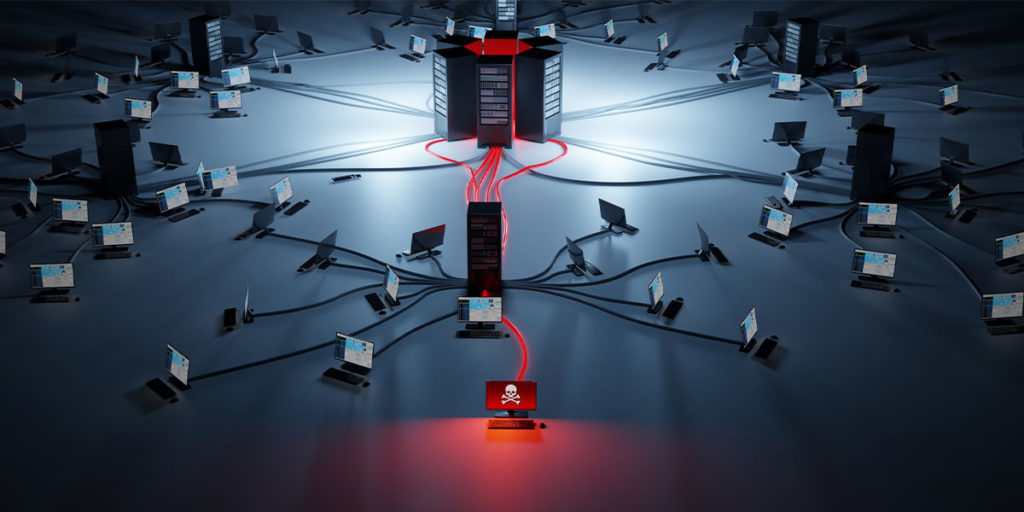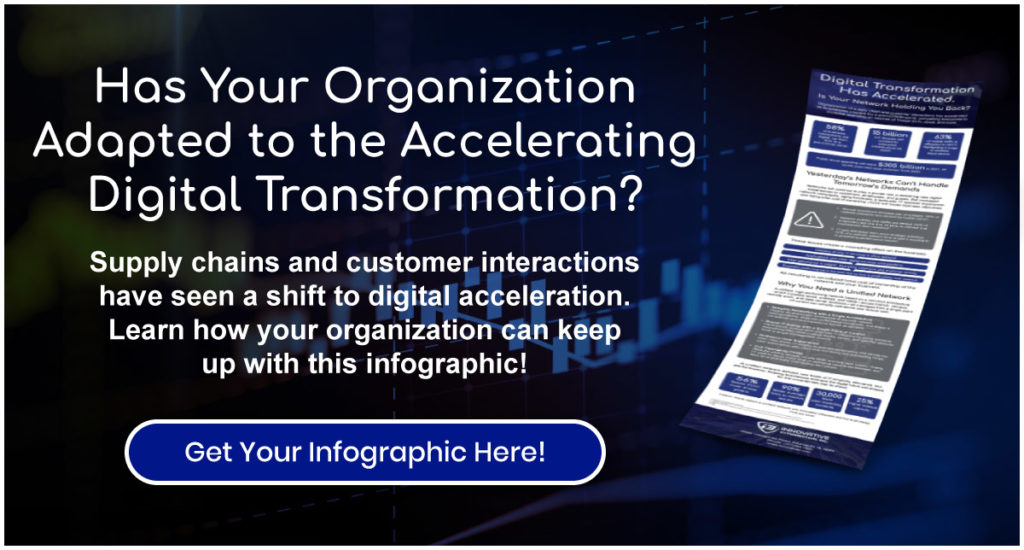It’s a common fear for business owners and employees alike. Getting hacked is an occurrence that can happen to anyone. Since cyberattacks and the cost associated with ransomware and recovery regularly spells doom for small and medium businesses (SMBs). While cyberattacks are an ever-present threat, there are ways to prevent the nightmare scenario from happening in the first place. Let’s take a look at steps you can take to prevent a hack in the future.
Cybercrime is on the Rise! Click Here to See Cybersecurity Stats.
A cyberattack and/or data breach use malware to compromise computers, data, or network. Some examples of these attacks include identity theft, fraud, phishing, system infiltration, denial of service, and many more. Knowing how to prevent a successful attack is key to protecting your invaluable data and your organization’s reputation, so let’s go a bit deeper.
1. Zero Trust
The zero-trust is a security concept centered on the idea that by default, organizations should not trust anything inside or outside its own perimeters—rather, they must verify anything trying to connect to the system before granting access. An organization that shifts to the zero-trust model increases their level of continuous verification capable of detecting common strategies hackers employ, stopping a cyberattack before it occurs.
2. Privileged Identity Management
As one of Microsoft’s Azure Active Directory (Azure AD) many capabilities, Privileged Identity Management (PIM) allows you to manage, control, and monitor access to important resources in your organization—including resources within Azure and other Microsoft Online Services including 365 and Intune. Organizations should minimize the number of people who have access to secured resources and information as a means of a malicious actor getting access or an authorized user accidentally impacting sensitive resources.
3. Least privileged access
Least privilege is the concept of restricting access rights for users, accounts, and computing processes to only those resources absolutely required to perform routine, legitimate activities. Privilege refers to authorization to bypass certain security restraints. When applied to employees, least privilege access refers to enforcing the minimal level of user rights, or lowest clearance level, which allows the user to perform their respective roles. This also applies to process, applications, systems, and devices.
4. Endpoint detection and response
Endpoint detection and response (EDR) is an integrated security solution combining real-time monitoring and collection of data with rule-based responses and analysis. EDR systems automatically respond to identified threats to remove or contain them as well as notifying security personnel.

Hackers only need one point of entry to bring down the whole system, so be careful and prepare!
5. Security information and event management
Security information and event management (SIEM) gives security professionals insights and records of activities within the IT environment. The software collects and aggregates data from a variety of sources, then identifies, categorizes, and analyzes them. SIEM software has 2 primary objectives: providing reports on incidents and sending alerts if analysis shows rules have been broken.
6. Security orchestration, automation, and response
When compatible software programs which enable organizations to collect data about and respond to security threats, security orchestration, automation, and response (SOAR) is achieved. The goal is to improve the efficiency of both physical and digital security operations.
7. Secure access service edge
Secure access service edge (SASE) is a network architecture which combines VPN and SD-WAN technologies with cloud-native security functions such as secure web gateways, cloud access security brokers, firewalls, and zero-trust network access. The SASE model consolidates many networking and security functions, which allows organizations to improve security through consistent policies and increase staff effectiveness through centralized management.
8. Outsource Your IT
The truth is that securing your IT is a complicated, but not an impossible task. Having a devoted team of specialized IT professionals will go a long way in securing your network, your data, and your company. IT itself is something few of us have a genuine proclivity for. It can be difficult to know where to start, so if you’re looking for help, the team at Innovative Integration has the knowledge and expertise you need to keep your business and its critical data safe and secure. We’re here to help, so we hope you’ll contact us!





